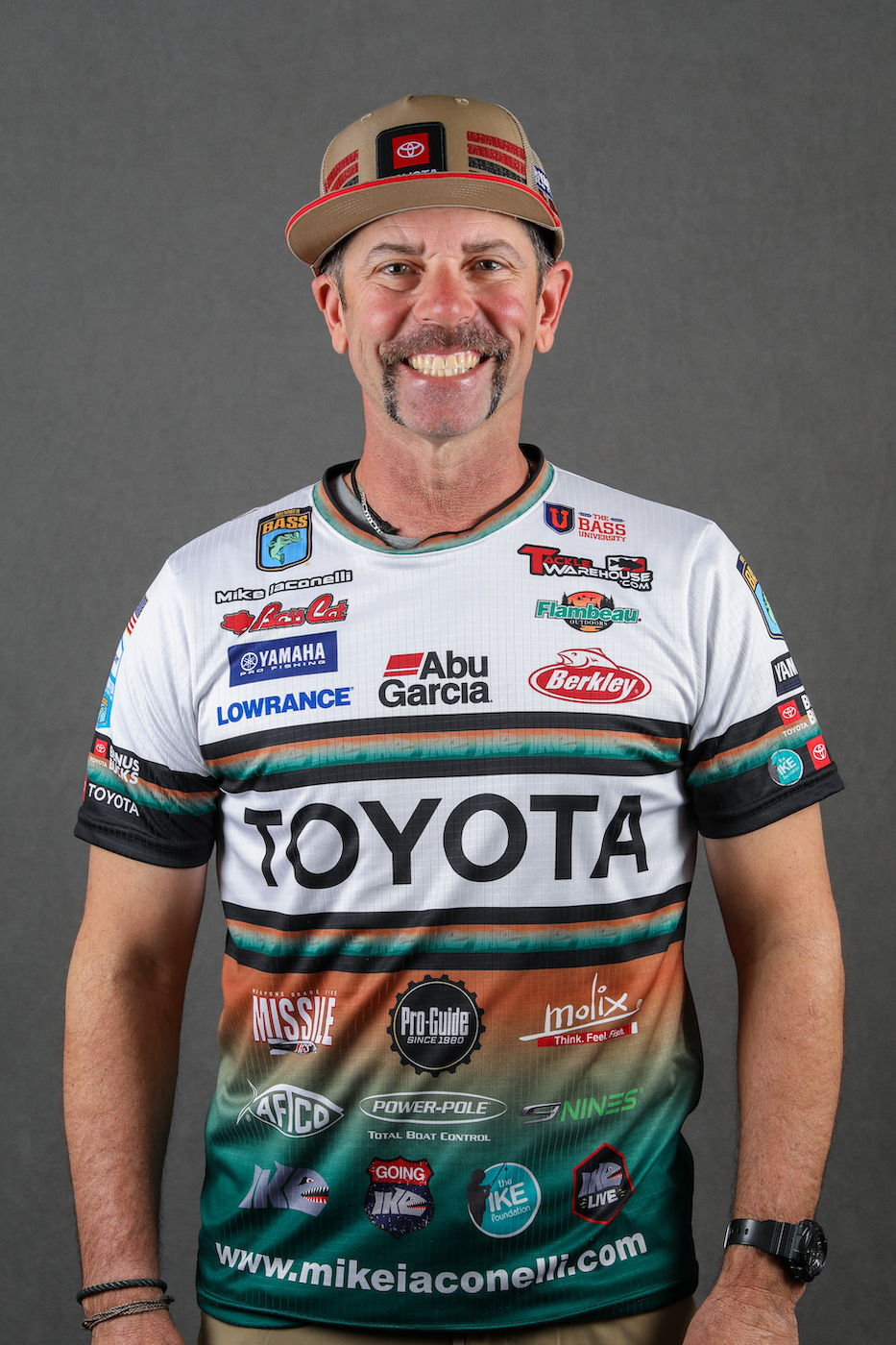Last time we talked about the basics of my pattern on Lake Murray. You know about my bait, my rod, my reel and the main line I was using. This week we’re going to look at the details — how I put it all together.
I tied one end of a No. 8 black swivel to my main line. I tied an 18 inch leader made from 10-pound-test Berkley Trilene 100% Fluorocarbon to the other end. The idea here was two-fold … or three-fold … or four-fold.
The swivel was critical. It helps avoid line twist. That’s a serious problem with soft plastic jerkbaits. They’ll twist your line into knots in just a few casts. You can’t catch fish when you’re fighting your tackle.
Secondly, the lighter fluorocarbon line helped with the clear water. Honestly, a lot of us have mixed thoughts about how much line visibility affects the bite. But, when the water’s really clear, there’s no point in taking chances. This is a game of ounces. Little things make a big difference.
Then there’s the matter of the black swivel looking like a small baitfish being chased by the bigger jerkbait. That sounds crazy, I know. Nevertheless, when I watched the rig move through the water I wondered about that.
Another thing was weight. The swivel added just a little bit of weight, which helped me cast everything. I used a big, 5/0 VMC hook for the same reason. Those two things — along with my heavier main line — made a big difference in my ability to cast the soft jerkbait. An extra foot or two may not sound like, much but it sometimes makes a difference.
With this setup, I was able to stay way away from my targets and still get up on the points where the blueback herring were spawning. Putting my bait right on top of the fish meant they didn’t have to chase anything very far. It created an easy feeding opportunity for the bass.
The weight also helped my bait drop down in the water. That mattered, too. The bass weren’t feeding on top. My best bites came from under the surface. Waking the jerkbait, or pulling it within a couple of inches of the surface, didn’t seem to get as many bites.
My approach at Murray was a product of many years on the water but especially from my childhood fishing in New Jersey. Most of the lakes where I learned to bass fish are shallow, clear and heavily pressured, and they’re all less than 1,000 acres. I learned early on to stay back, throw power baits with finesse tackle and match the hatch if I wanted to catch them.
The real lesson here is to think about what you’ve learned over the years — details, details, details — and apply that knowledge to the conditions at hand. It’s the only way to get better.





